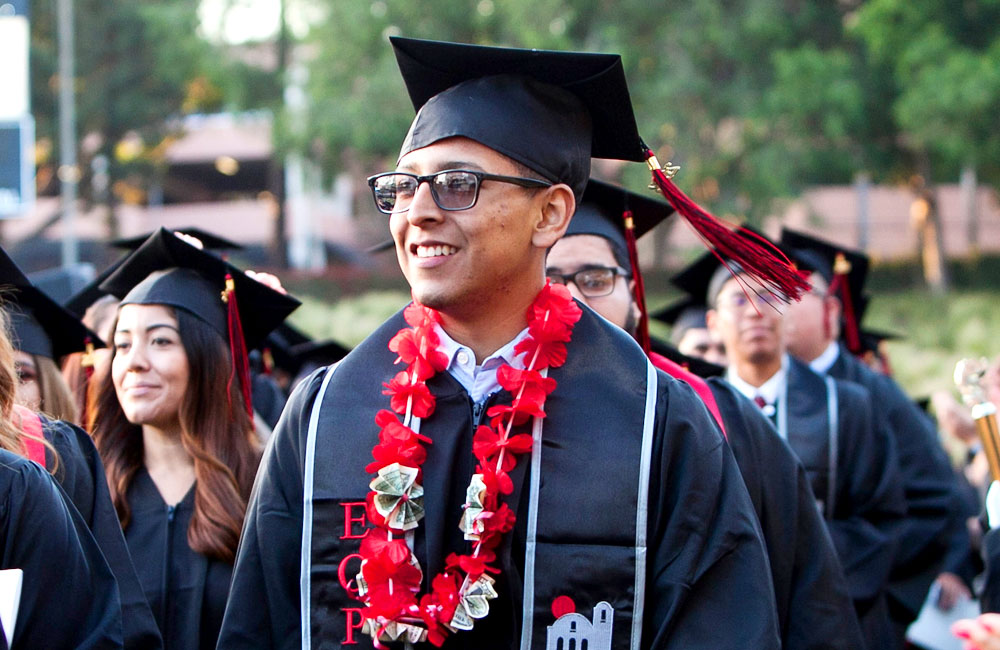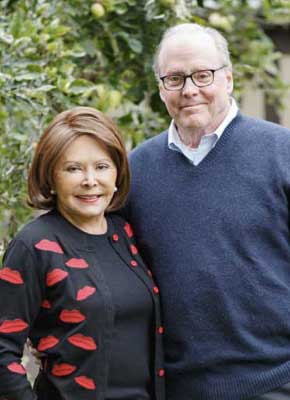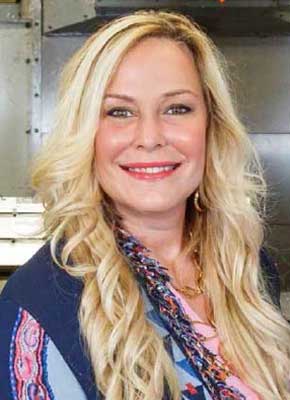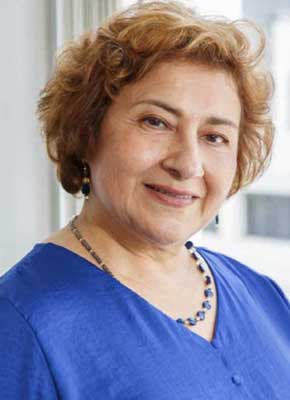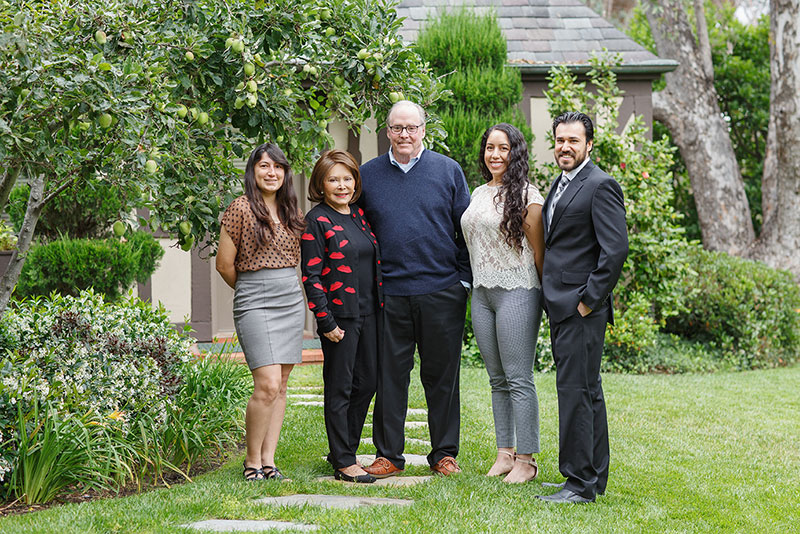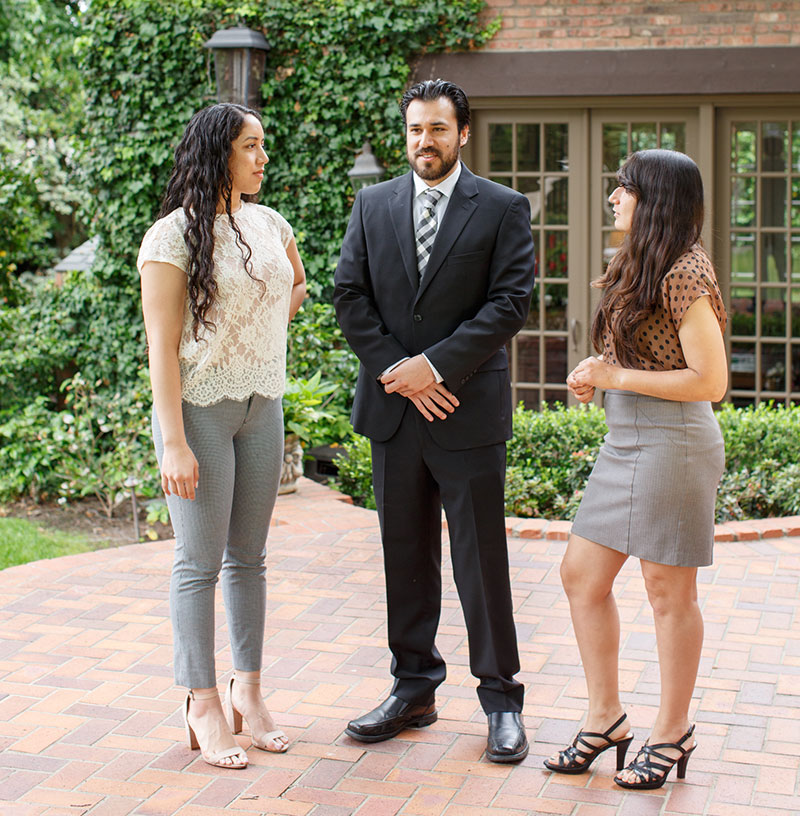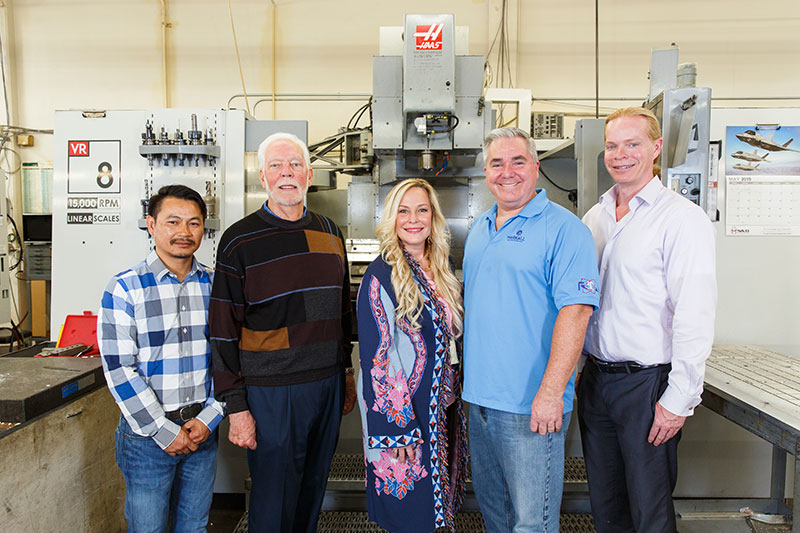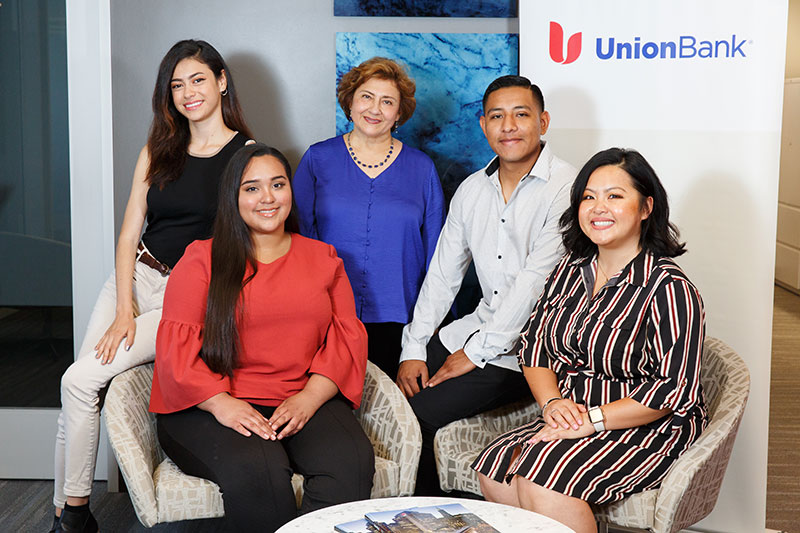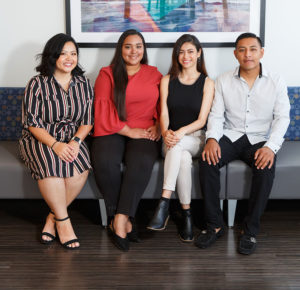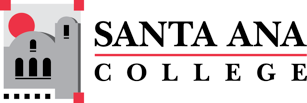Like many people, my higher education started at a community college here in Orange County. But unlike most, I was 16.
At the time, I was a student at El Toro High School and like all the amazing women in my family, I could sing. And I could sing well.
But as a high school student, I didn’t really fit in. I just had a different perspective than other kids. I wanted to get out into the real world and start working. So, one weekend I snuck out and took the GED without telling my parents.
My parents were not happy when the letter came saying I’d passed. My mother was adamant I stay in school even though I was already singing professionally and performing part-time. But my father had a completely different perspective.
My father was a machinist, a trade that would eventually lead him to becoming founder and owner of what is today R.A. Industries, one of the most trusted, high-precision manufacturing firms in Orange County. He never went to college, but he understood that with the right kind of training, I too could make a career out of my trade.
So, he made me a deal. He would sign me out of high school if I went to Saddleback College. That’s how I became the first person in my family to graduate college. I remember my dad filling out the forms. I was so grateful—it was like he had handed me the keys to my future.
Community colleges are like threads within the landscape of our communities. They give students from all backgrounds a platform for furthering their education so they can make their lives better.
Today, R.A. Industries sends its employees to SAC when they need to upgrade their skills. It’s a win-win for everybody—they receive a quality education, we get more qualified employees, and Orange County gets a more educated workforce that can afford to live here.
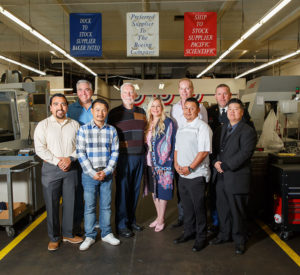
That’s why when I decided to go back to college, after retiring from opera to become CEO of R.A. Industries, I chose Santa Ana College. I had completed an Executive MBA at Chapman University but realized there were holes in my education that could only be filled by an engineering degree.
People often see community colleges as a second or third choice. But for me, SAC was my first choice. I feel lucky to have had that opportunity, even though the demands of being a CEO made it impossible to finish.
It is for these reasons and more that my father, brother, and I choose to support veterans and the machining and engineering programs at Santa Ana College.
When a family friend told us about a program at SAC that helped veterans who didn’t have the resources to pay for college, my father and I looked at each other and said that’s something we can personally fix. The scholarships we support bridge the gap for veterans who, after giving of themselves, can return home, go to school and get the education they need to transition back into civilian life.
Orange County is my home. It’s where I’m from, where I was raised, and the source of so many opportunities that changed my life. I’ve been so very fortunate because people here gave me a helping hand when I needed it. That’s what I hope our scholarships do. When the opportunity comes, I want the students we’ve supported to have the confidence that they’ve gained from their education to be able to seize it and be successful. Sometimes something little, just the right support at just the right time, can make the greatest impact on a person’s life.
That is what is so amazing about working with the Santa Ana College Foundation. It’s realizing that some of the biggest obstacles for students are easy to overcome with the right kind of support. We give to the SAC Foundation because we know our gifts are going directly to those who not only need it most, but those who will benefit from it most, too.
